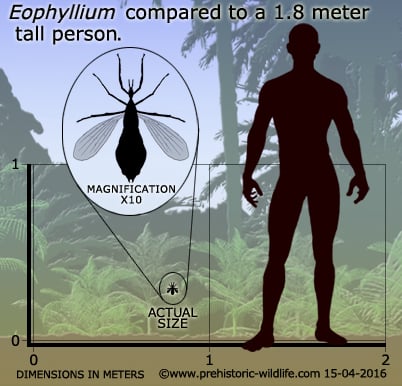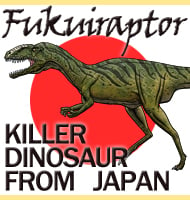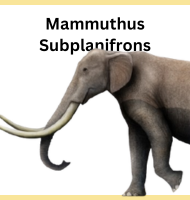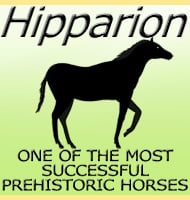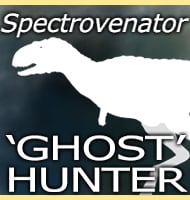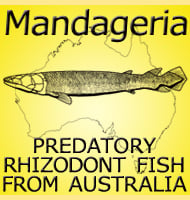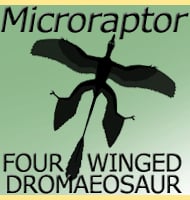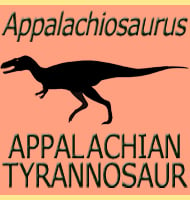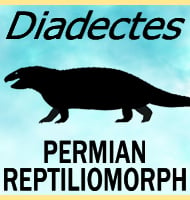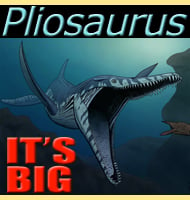In Depth
Eophyllium is a genus of leaf insect that is known to have lived in Europe, specifically Germany, during the Eocene. The holotype specimen is preserved flat on a slab of sedimentary rock and has allowed for a very interesting insight into how leaf insects evolved. Eophyllium differs from modern forms in that the fore legs are not adapted to look like leafs, meaning that Eophyllium would not have been able to hides its head from view like modern forms. However, anyone who has kept stick insects as pets can tell you that the legs probably would have been held tight against the head when not feeding to give the impression of a twig, or stub of a branch.
The main body of Eophyllium was still leaf shaped, and in addition to this, other fossils from the Messel Pit of Germany which have leaves preserved within in them show that Eophyllium would have been a near identical match for the leaves of most of the plants at the time that it lived. This also likely gives an indication as to what plants Eophyllium may have preferred to eat, given that these kinds of insects usually adapt to blend in with the plants that they feed on since this is where they spend most of their time.
Studies if the reproductive organs of Eophyllium also show that these organs have not really changed in over forty million years. This may well indicate that the leaf insect design was perfected early on and that changes in body shape and pattern were driven more about changing plant forms and the need to blend in with them.
Further Reading
- The first fossil leaf insect: 47 million years of specialized cryptic morphology and behavior. Proceedings of the National Academy of Sciences 104(2):565-569. - S. Wedmann, S. Bradler & J. Rust - 2007.
